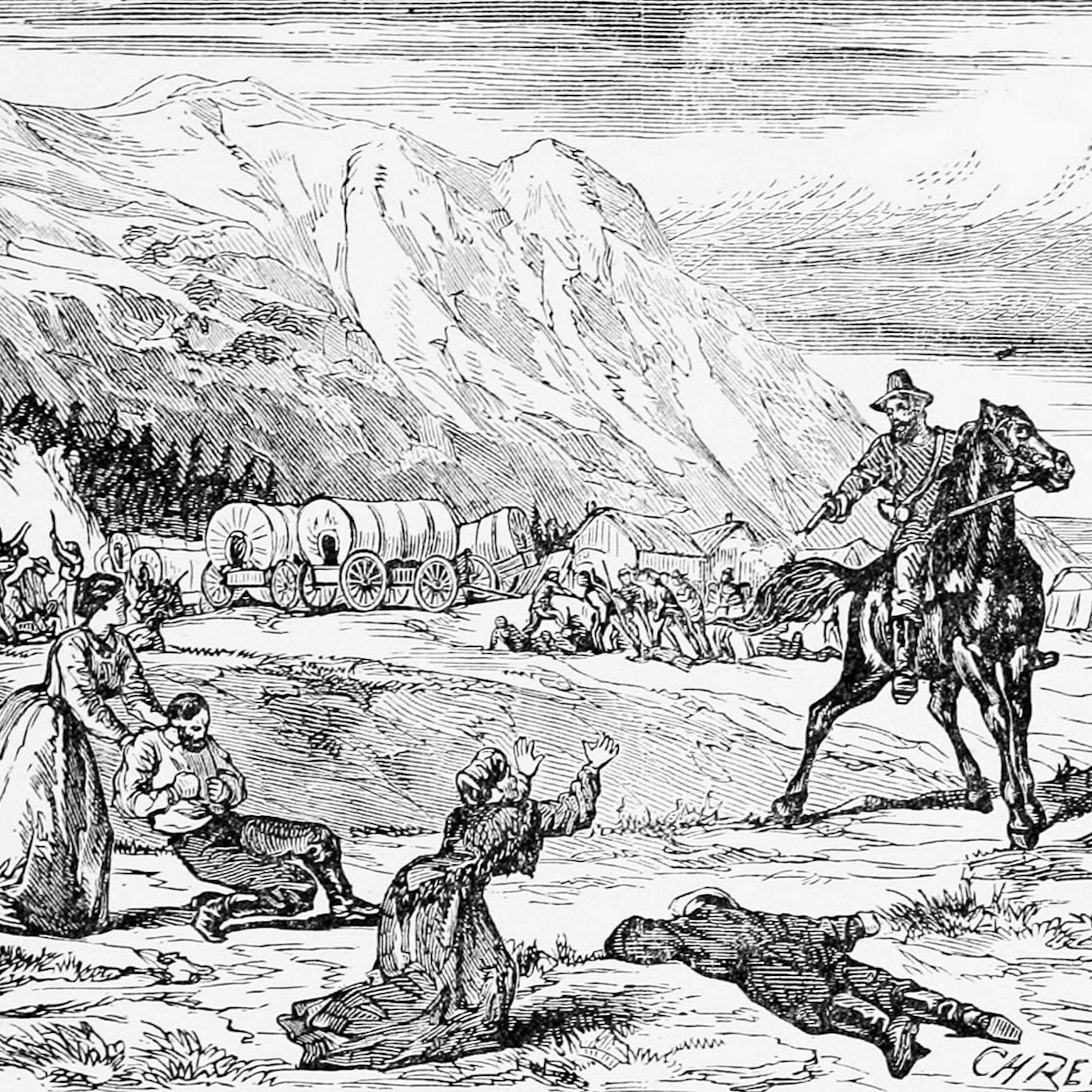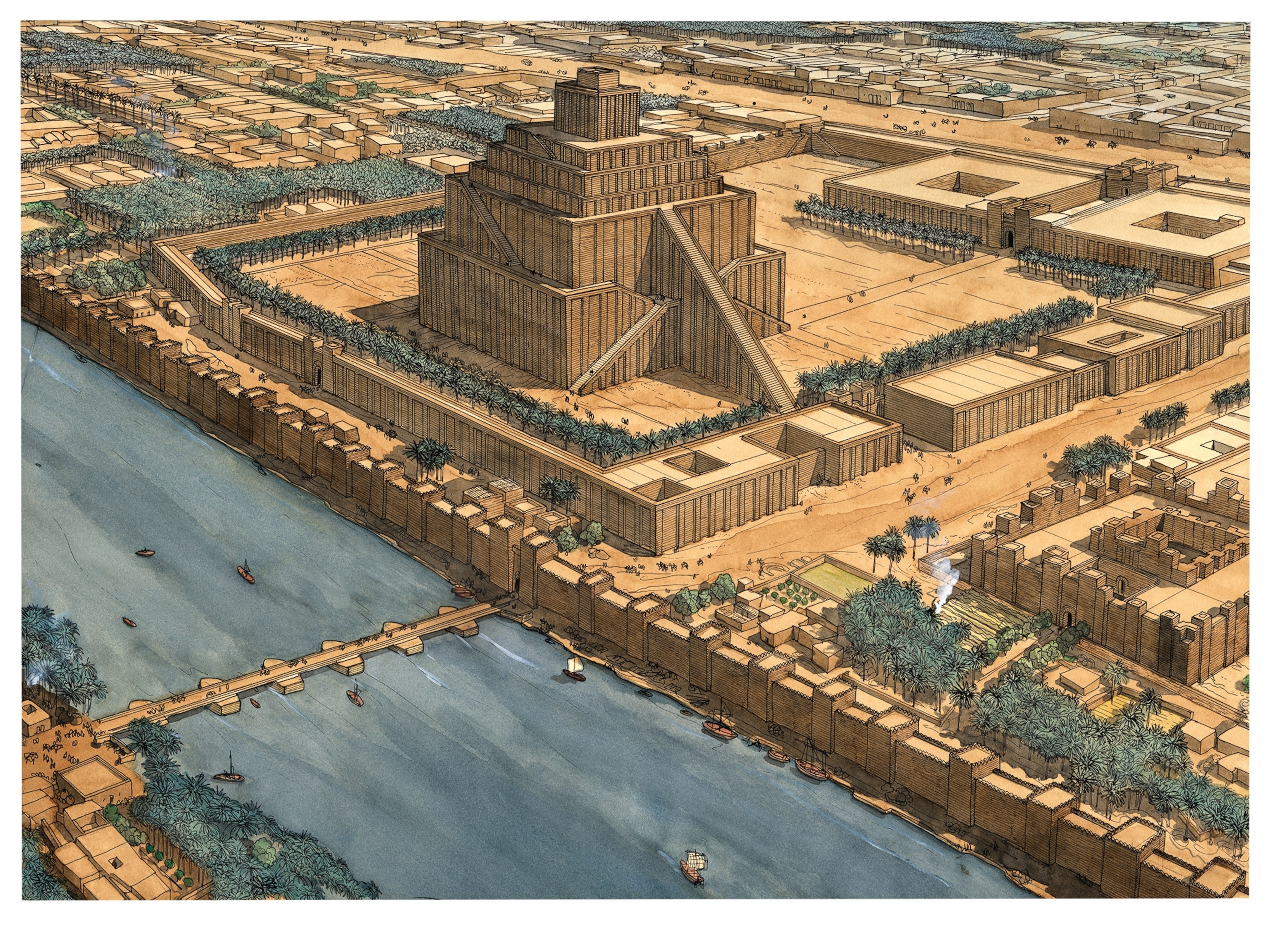Our abhorrent new normal, at my grocery store
A stunned National Geographic writer in Boulder watches the American ritual that now follows gun massacres.
Boulder, Colorado — "Do you know what happened to the windows?"
Juan Ortiz, a 20-year-old with serious eyes behind round glasses, shaggy black hair and a Super Mario Bros. mask, wraps his arms around his chest. He peers through a hastily erected chain link fence that surrounds the Boulder, Colorado grocery store where he works as a checker. It’s Tuesday, less than 24 hours after the shooting. He's trying to figure out why a long bank of windows at the middle of the store are gone, leaving only empty frames and ragged drywall that looks like it’s been clawed out of the building.
Any other afternoon, this stretch of sidewalk in front of King Soopers would be largely empty, passed over by cars entering and exiting the expansive parking lot and frequented only by the odd jogger or shopper on foot. Today it's packed. High schoolers in sweatpants and beanies hug and stick flowers into the fence. Silent neighbors carrying bouquets sidestep journalists, protesters and police officers.
It's an all too familiar scene, unfolding as if according to a universal script. Tearful interviews. Hashtags that include the word strong. "We never thought it could happen here." Angry tweets. Accusations of false flags and dark conspiracies. It was the same at Sandy Hook Elementary School in Newtown, Connecticut; at the Pulse Nightclub in Orlando; the Tree of Life Synagogue in Pittsburgh; and the Walmart shooting in El Paso. And here in Boulder, it’s unfolding like a master class in mass shooting etiquette.
I'm one of the reporters in the throng, interviewing survivors and mourners and taking in the scene in front of America's most recent gun massacre. But I’m having a hard time being objective: This is my neighborhood grocery store.
Ortiz doesn't know me, but I know him by sight, the way I know just about everyone who works at the South Boulder King Soopers. They're a cheerful, chill bunch, even in the midst of a pandemic. The checkers wear badges that say things like "I love the beach" and "Serving you for 23 years" and, in the case of a very tall pharmacy employee, "six foot seven."
I’ve always enjoyed “my” grocery store, especially on a leisurely weekday afternoon. There’s a soothing normalcy to the familiar store layout, from the clearance flowers up front to the milk near the back corner.
That changed in an instant on Monday, when a shooter with a semiautomatic handgun and an assault rifle killed 10 people at the store. The victims, who ranged from 20 to 65 in age, included three store employees, an Instacart shopper, a police officer and a person standing in line for her COVID vaccine. Police said the first shots were fired around 2:40, a time when I might pop in for a dinner ingredient or to pick up a prescription without waiting in line.
Though investigators are still working to establish a motive, a 21-year-old man from a neighboring city was apprehended at the scene. In the affidavit for his arrest warrant, the police investigator recommended he be charged with ten counts of first-degree murder and attempted murder. Ten days before the massacre, a state court lifted Boulder's assault weapons ban, which had been approved by the city council shortly after the 2018 mass shooting in Parkland, Florida.
Ortiz was scheduled to work, but never got a chance to clock in. Shortly after the attack began, police and emergency responders swarmed the area. Sirens and helicopter noise mixed with the telltale pop of gunfire. Live video showed SWAT teams surrounding the building, demanding the attacker surrender.
By the time Ortiz's shift was supposed to begin, the suspect had stood down. He was ushered out of the store in handcuffs, wearing only shorts and bleeding down one leg. He was treated for a gunshot wound.
"I'm in a state of shock," Ortiz says now, shifting his weight from foot to foot. He and some coworkers set up a group chat and have been checking up on their fellow employees.
During the hours after the shooting, they got in touch with most of their coworkers. They had to wait all night to find out the names of the dead. Teri Leiker, 51, had worked at the store for 30 years. She was a devoted fan of the nearby University of Colorado's football team and marching band. Twenty-year-old Denny Stong was studying to become a pilot and was training for a Civil War reenactment. Rikki Olds, a 25-year-old manager, was an outgoing store favorite known for keeping up morale during the pandemic.
"I was just having a casual conversation with Rikki the other day," says Ortiz. "She showed me her new tattoo."
As we talk, the fence is filling with notes and flowers. Overnight, Boulder has ballooned with something else: Media. Satellite trucks have plugged in to power sources I didn't know existed. SUVs with rental plates are double parked along residential streets. The lawn of the local library branch, shuttered for the last year, is blanketed with photographers, LED lights, and so many tripods I lose count.
It reminds me of September 2013, when Boulder was drenched by slow-moving rains that provoked a 100-year flood. Over the course of four days, flood waters surged down the fire-stripped foothills, washing away houses and rutting roads. Four deaths and hundreds of millions of dollars of property damage later, the waters receded and thousands of newcomers—itinerant flood cleanup workers—rolled in.
Today’s camera crews don't sling Shop-Vacs, but they're part of a similar cottage industry. They're there to gather "color," satisfy curiosity, and document the anguish about the mass shooting du jour. From the other side of the TV screen, the carefully framed shots capture part of our shell-shocked reality. But as I linger in front of the growing memorial, I notice the ways the presence of so many cameras, microphones and bodies—more people than I've seen in one place at one time in more than a year—shapes our grief.
As two people cry and hug, others step aside to allow multiple photographers to train their lenses on the embrace. Boulderites in pajama pants and fleeces, most on foot, wait patiently for a national news anchor in a pristine red coat to finish her take before approaching the store parking lot.
On Monday, from my home office a few blocks away, I watched events unfold on a livestreamer's YouTube channel. I can't unsee the footage of motionless bodies inside and outside of the store, where the kiddie carts are corralled. When I glimpse the crime scene on TV or in wire photos today, I name the familiar angles to myself. Those smashed-in windows—damaged by a SWAT vehicle during the standoff—usually overlook lighter fluid, refillable plastic water bottles and the "penny pony" kids could ride in pre-pandemic days. That's the door where Girl Scouts hawk their wares and laughing couples limp in after parties.
When customers and employees escaped through the back of the store, they spilled into a parking lot where a seasonal garden store goes up around the time of our final frost in May. I’ve always appreciated the gentle nudge of that outdoor setup, with its promise of a long, fertile summer. It usually reminds me that I’ve neglected some task in my yard or garden.
Today, as we mill around the makeshift memorial, I hear heated words between a man with a religious gun reform sign and a bystander who apparently thinks he’s wrong. A few minutes later, both men are chatting earnestly, tempers somehow diffused.
Yellow crime scene tape flutters in the chilly air, and a sweet, smoky fragrance penetrates my pandemic mask. Kelly Quinn, 38, shows me a bundle of smoldering sage and tells me she drove here from Denver to pay her respects. "I wanted to give the victims a good sendoff," she says. A member of the Meskwaki Nation of Iowa, Quinn also sprinkled sacred tobacco leaves here and at Boulder Police headquarters. "You don't know how to process it," she says.
She's right. There's a dissonance to it, a disconnect between the flowers in the foreground and the military-grade vehicles in the parking lot beyond. The building that has become a backdrop to the mass shooting script is the place where I purchase much of my food, where I joke with a kindly pharmacist who shares a family member's birthday. It is the source of hundreds of livelihoods, a waypoint at the far edge of town where commuters can grab a loaf of bread on the way home and campers can stock up before trips to the mountains.
And now it's off-limits, a place where 10 irreplaceable members of our community lost their lives.
They weren't alone. According to the nonprofit Gun Violence Archive, there were 611 mass shootings—incidents in which four or more people, not including the shooter, were killed—last year. That figure doesn’t include the more than 1,200 people shot by police officers in 2020, or the tens of thousands who died in homicides, suicides or accidental shootings.

In Colorado, the wounds left by the horrors at Columbine High School and a movie theater in Aurora have never really had a chance to heal. Every new tragedy—there's always a new one—rubs at those still-raw wounds.
As Colorado Governor Jared Polis said at a press conference, "Flags had barely been raised back to full mast after the tragic shooting in Atlanta that claimed eight lives." Then they were immediately lowered again, he said, to mourn for Boulder.
It's spitting snow now, an unannounced flurry serving up a bit of Colorado spring. Marissa Ortiz, 22, shivers. She came here to support her cousin Juan, the checker.
Like so many, she brought a bouquet with her—flowers she purchased at another King Soopers location in the middle of town. While she shopped, she says, she kept asking herself where she would hide if someone started shooting.
I know what she means. While at a vaccine clinic today, I froze every time a loud door swung shut.
During a self-defense class she took in high school, Marissa Ortiz tells me, she learned to identify the nearest escape route in case of an attack. “You have to learn to find your exits," she explains.
I know that in a few days the satellite trucks, and the public's attention, will move on to the next segment in our nation’s regularly scheduled series, Mass Shooting Du Jour. I'm less sure how long it will take for people like Juan Ortiz to get back to work, or South Boulder to get its grocery store back, or our community to stop flinching at imagined gunshots.
Neighbors keep arriving, streaming through the side streets toward the scene of the crime. As I turn to head home, I realize I’m shivering, too. It isn’t just the March wind: I refuse to accept this ritual anguish as America’s new normal.
I am ready to find an exit. But this afternoon, there aren’t any in sight.







